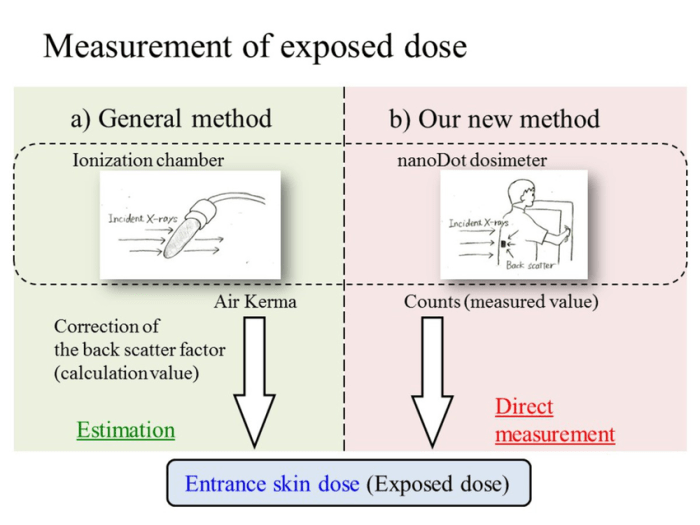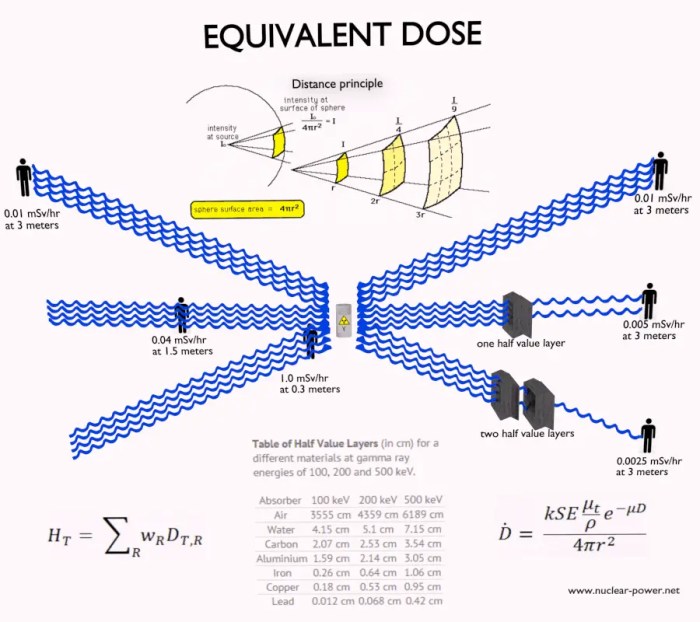X ray dose unit crossword – Welcome to the world of X-ray dose unit crossword! In this captivating journey, we will explore the fascinating realm of radiation measurement, unraveling the mysteries of absorbed dose, measurement techniques, biological effects, and radiation protection. Join us as we embark on an enlightening adventure that will illuminate the intricacies of X-ray dose units.
X-ray dose units are essential for quantifying the amount of ionizing radiation absorbed by a substance. Understanding these units is crucial in medical applications, radiation therapy, and ensuring the safety of workers and the public exposed to radiation. Throughout this comprehensive guide, we will delve into the concepts, methods, and implications surrounding X-ray dose units, empowering you with a deeper comprehension of this specialized field.
Unit of X-ray Dose

In the medical field, understanding the amount of radiation exposure is crucial for ensuring patient safety and optimizing treatment outcomes. X-rays, a form of ionizing radiation, are widely used in medical imaging and radiation therapy. To quantify the amount of radiation absorbed by the body, the concept of absorbed dose is employed.
Absorbed Dose
Absorbed dose measures the amount of energy deposited by ionizing radiation in a unit mass of a material. The unit of absorbed dose is the Gray (Gy), named after the British physicist Louis Harold Gray. One Gray is defined as the absorption of one joule of radiation energy per kilogram of matter.
Relationship between Gray and Rad
Prior to the adoption of the Gray, the rad (radiation absorbed dose) was the commonly used unit of absorbed dose. The relationship between the Gray and the rad is:
Gray (Gy) = 100 rad
Significance of Absorbed Dose Values, X ray dose unit crossword
In medical applications, absorbed dose values play a critical role in determining the appropriate dosage for radiation therapy and assessing the potential risks associated with radiation exposure. For instance, in radiation therapy, precise absorbed dose values are necessary to deliver the desired amount of radiation to the target tissue while minimizing damage to surrounding healthy tissues.
Measurement of X-ray Dose

Measuring X-ray dose accurately is crucial for ensuring patient safety and optimizing treatment outcomes. Several methods are commonly employed to measure X-ray dose, each with its own principles of operation, advantages, and disadvantages.
Ionization Chambers
Ionization chambers are widely used for accurate and reliable X-ray dose measurement. They consist of a gas-filled chamber with two electrodes. When X-rays enter the chamber, they interact with the gas molecules, ionizing them. The resulting ions are collected by the electrodes, creating an electrical current proportional to the X-ray dose.
- Advantages:High accuracy, wide dose range, energy independence.
- Disadvantages:Requires calibration, temperature and pressure dependence.
Thermoluminescent Dosimeters (TLDs)
TLDs are solid-state devices that measure X-ray dose by storing energy in the form of trapped electrons. When heated, these electrons are released, emitting light that is proportional to the absorbed dose.
Solving x-ray dose unit crosswords can be tricky, but there’s a resource that might help. The RCA Book of Church Order contains a wealth of information on religious practices and rituals. While it may seem like an unlikely source for crossword help, it offers insights into historical terms and concepts that could prove useful when deciphering those puzzling clues.
- Advantages:Small size, reusable, tissue-equivalent.
- Disadvantages:Limited dose range, fading over time.
Film Badges
Film badges are photographic films worn by individuals to measure personal X-ray exposure. When exposed to X-rays, the film darkens, and the extent of darkening is proportional to the dose received.
- Advantages:Simple to use, provides permanent record.
- Disadvantages:Limited accuracy, energy dependence, cannot be reused.
The choice of X-ray dose measurement method depends on the specific application and required accuracy. Ionization chambers are preferred for high-precision measurements, while TLDs and film badges are commonly used for personal monitoring and environmental dosimetry.
Biological Effects of X-ray Dose: X Ray Dose Unit Crossword

X-ray radiation, a type of ionizing radiation, can interact with human tissue, leading to various biological effects. These effects can be broadly classified into two categories: deterministic effects and stochastic effects.
Deterministic Effects
Deterministic effects are those that occur with certainty above a certain threshold dose of radiation. These effects are typically acute and occur within a short period of time after exposure. Examples of deterministic effects include:
- Skin erythema (reddening)
- Skin burns
- Radiation sickness
- Acute radiation syndrome
The severity of deterministic effects depends on the dose of radiation received and the specific tissue or organ affected.
Stochastic Effects
Stochastic effects are those that occur randomly and have no clear threshold dose. These effects are typically delayed and may not appear until years or decades after exposure. Examples of stochastic effects include:
- Cancer
- Genetic mutations
- Teratogenic effects (birth defects)
The risk of stochastic effects increases with increasing dose of radiation, but even low doses can pose a risk.
Dose-Response Relationship
The dose-response relationship describes the relationship between the dose of radiation received and the likelihood of biological effects. For deterministic effects, the relationship is typically linear, meaning that the severity of the effect increases linearly with increasing dose. For stochastic effects, the relationship is typically non-linear, with the risk of the effect increasing at a higher rate at higher doses.
Radiation Protection and Dose Limits

Radiation protection is the practice of minimizing exposure to ionizing radiation to ensure the safety of individuals and the environment. Dose limits play a crucial role in achieving this by setting limits on the amount of radiation a person can receive over a specified period.
Dose limits are established by regulatory bodies based on scientific evidence and international recommendations. They are designed to prevent harmful health effects while allowing the beneficial use of radiation in medical, industrial, and research applications.
Types of Dose Limits
There are different types of dose limits depending on the exposure scenario and the individuals involved:
- Occupational dose limitsapply to workers who are exposed to radiation in the course of their employment.
- Public dose limitsapply to members of the public who may be exposed to radiation from various sources, such as medical procedures, environmental releases, or nuclear accidents.
- Emergency dose limitsare established for situations where individuals may be exposed to high levels of radiation during an emergency, such as a nuclear accident.
Enforcement of Dose Limits
Compliance with dose limits is ensured through a combination of regulations, monitoring, and enforcement actions. Regulatory agencies set standards and issue licenses to facilities that use radiation sources.
Radiation monitoring programs are implemented to measure radiation levels and assess the exposure of individuals. Regular inspections and audits are conducted to verify compliance with dose limits and identify any potential violations.
Helpful Answers
What is the unit of absorbed dose for X-rays?
The unit of absorbed dose for X-rays is the Gray (Gy), which represents the absorption of one joule of radiation energy per kilogram of matter.
How is X-ray dose measured?
X-ray dose is measured using various methods, including ionization chambers, thermoluminescent dosimeters, and film badges. Each method utilizes different principles to detect and quantify the amount of radiation absorbed.
What are the biological effects of X-ray radiation?
X-ray radiation can cause both deterministic and stochastic effects on human tissue. Deterministic effects are those that occur with a specific dose threshold, while stochastic effects are those that occur randomly and have no threshold dose.
